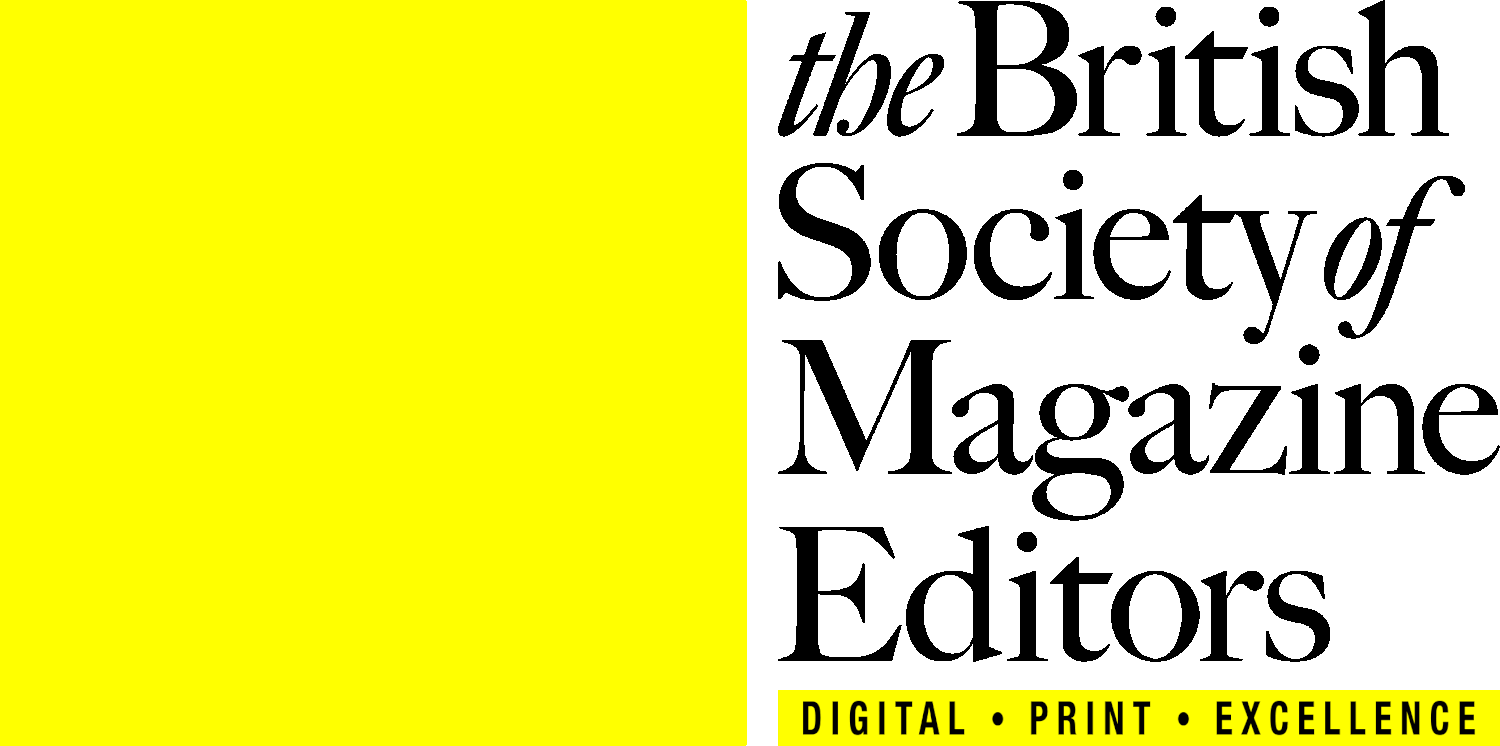The BSME hosted a compelling breakfast event this week featuring renowned former Vanity Fair and The New Yorker editor and author, Tina Brown CBE.
Held at the Scarfes Bar in the Rosewood Hotel, it featured the award winning journalist in conversation with Andrea Thompson, BSME chair and editor-in-chief of Marie Claire about her illustrious career, navigating the industry as a woman, and delving into our current media landscape. Naturally, there were a few celebrity scoops too, with anecdotes about Donald Trump and Princess Diana.
Tina Brown and Andrea Thompson
Becoming editor of Tatler at just 25, followed by successful stints at Vanity Fair aged 29 and as the first female editor of The New Yorker, Brown is a legend in magazine journalism. But she didn’t set out to be a pioneer: “I never saw myself as a disruptor, I just had a vision and made that happen.”
That vision included transforming the trajectory of then-faltering title Vanity Fair with her characteristic “high low ethic”, creating a magazine that showcased lengthy in depth reportage alongside glamorous celebrity interviews and covershoots - termed the “Gorbachev and Goldie Hawn” approach.
Being a female editor in the eighties had its challenges and Brown described how she was often left outside of financial discussions, once told to “stick to knitting” by male colleagues. She also described being bullied by Harvey Weinstein, with whom she worked for a short time, and various encounters with Donald Trump. Brown called Trump “fun in those days” but said he held grudges like a “boiling wound”. She recounted how the now-president was once so furious about an article one of her New Yorker journalists had written about him that he poured a glass of wine down the writer’s back at a dinner party.
“I was like a Japanese bullet train. I was so focused on what I was doing. But as I look back on my career, I can see all the times I was frustrated about not being heard, that was the main thing I cared about.”
Brown credits her success in part to building well balanced teams of “inside and outside people” – characters rigorously working behind the scenes combined with sociable types out getting the stories.
She so artfully achieved this that her teams outlived her tenure at the titles she edited: “You’re not a success if you can’t build something that goes on.”
Alongside her career as an editor, Brown has authored a memoir – The Vanity Fair Diaries – and books about the royal family. She described Princess Diana as the “the ultimate celebrity of all time”, and revealed she even received a personal apology from the princess, after the palace incorrectly refuted Brown’s reporting about Diana and Charles’s failing marriage.
In our current media landscape, Brown is embracing the newsletter boom and has her own Substack, “Fresh Hell”. She acknowledged that while the platform offers a great model for journalists to be “self supporting”, publishing without the backing of a title can be a “scary medium” for any potentially risky reporting.
She is an active supporter of investigative work that reveals these “forbidden stories”, especially in a society in which politicians like Trump are “trashing the press at every turn”.
This week, she’s in the UK for her prestigious “Truth Tellers” summit – a venture she started as tribute to her late husband Sir Harold Evans – to celebrate and inspire new and old journalistic talent in the investigative space and press freedom.
When asked what advice she would give to upcoming journalists, Brown said that they must become “multi-innovators”, embracing mediums like video and working across platforms.
“You can’t have quality journalism only being admired by people in the industry, behind paywalls and nobody really sees it. We’ve got to start taking all the tricks of the new platforms and applying them to great journalism.”
Takeaways from the discussion written by Lucy Keitley, MA Magazine Journalism student at City, University of London.
PHOTOS
Photos & Video: David Cotter





















